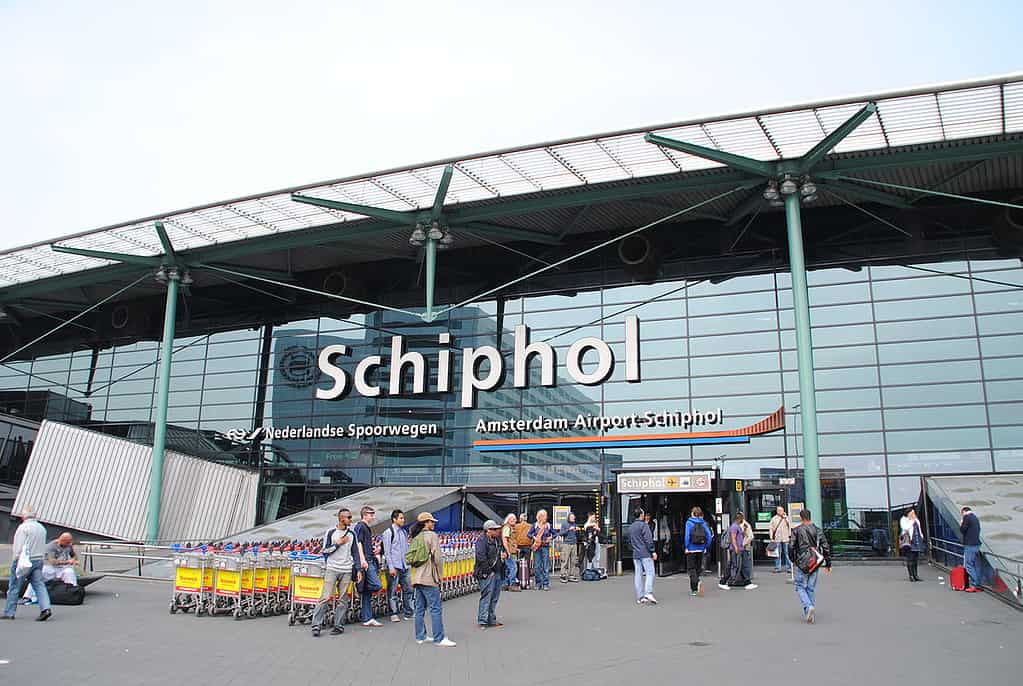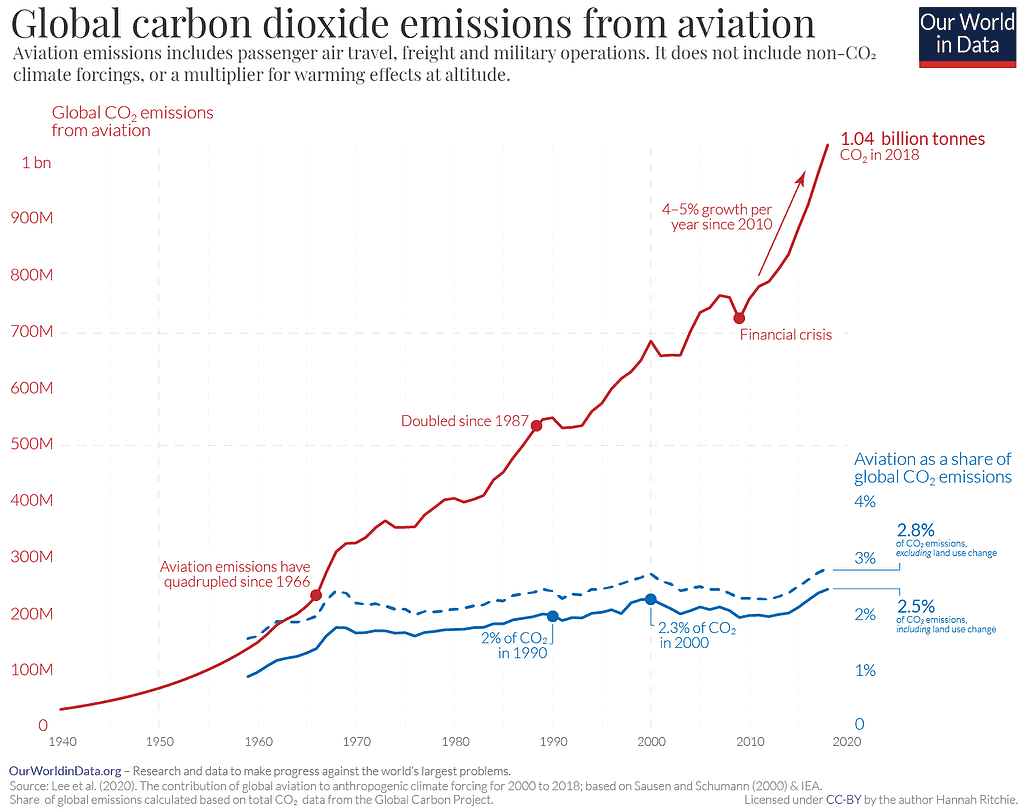Schiphol is one of the busiest aviation hubs in Europe, welcoming over 25 million passengers per year and over 450,000 air transport movements. Now, the government is asking the airport to reduce its operations as part of its plan to reduce greenhouse gas emissions – a plan that has triggered concerns and legal claims from most airlines.

Aviation accounts for between 2% and 3% of the world’s emissions. But a country’s share of these emissions can be higher, depending on the number of flights. And some are targeting aviation to reduce their overall emissions. The Netherlands pledged to reduce its emissions from aviation to equal 2005 levels by 2030, and then to halve them by 2050.
Now, Dutch officials have agreed with the airport to limit the number of flights to 460,000 this year through September 2024, a temporary solution for the initially government-proposed cap of 440,000. The previous cap was set at 500,000 flights per year. Schiphol connects the Netherlands to 313 destinations, 123 being intercontinental.
The move seeks to restore “the balance between a well-operating international airport, the business climate, and the interests of a better and healthier living environment,” the Minister of Infrastructure and Water Management, Mark Harbers, said in a statement. “It’s difficult news for the aviation sector,” he acknowledged.
Schiphol airport is located in a highly urbanized area in one of the busiest parts of the Netherlands and has some negative effects on those who live in the area. Residents are exposed to aircraft noise and have expressed concerns about the airport’s potential impact on their health, the environment and climate. The airport is now under an expansion plan that will finish this year.
Big players in the airport, such as KLM, Delta and EasyJet, have described the new cap as “incomprehensible” in a joint statement. They said they will sue the Dutch government, claiming they can reduce pollution without reducing flights. The International Air Transport Association (IATA) is also supporting their legal actions.
“The airlines have already made multi-billion euros investments to meet near- and long-term goals in line with their own decarbonization trajectories as well as government policies, while the government’s justification hinges on operational restrictions with no consideration of alternative workable solutions,” the statement reads.
The way forward
The aviation industry has agreed on a goal to reach net-zero carbon emissions by 2050. Last year, the UN International Civil Aviation Organization led a negotiation with countries where a set of measures to reduce emissions were agreed on. These include increasing innovative aircraft technologies and a larger use of sustainable aviation fuels.

IATA has said sustainable aviation fuels can reduce emissions by 80%. They are made from different sources, ranging from agricultural waste to carbon captured from the air. However, high production costs and limited supply have slowed its adoption so far. It’s estimated that sustainable aviation fuels comprise less than 0.1% of all jet fuel now used.
New technologies are also being developed, such as electric and hydrogen-powered aircraft. It’s been estimated that flights of less than 2,500 miles, which account for half of all CO2 emissions from the aviation sector, could be electrified or powered by hydrogen. Airbus, for example, is already working on three types of hydrogen aircraft.
Was this helpful?



